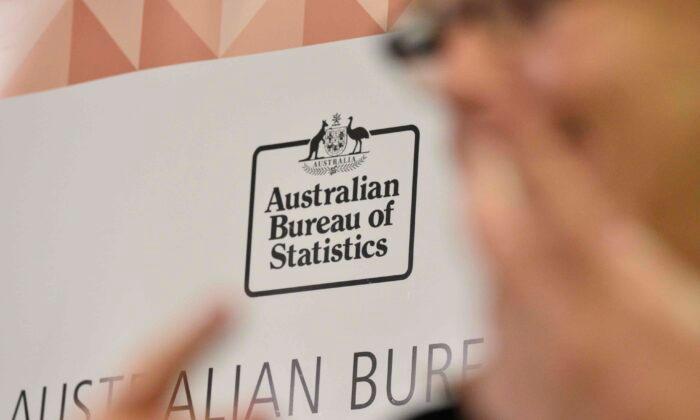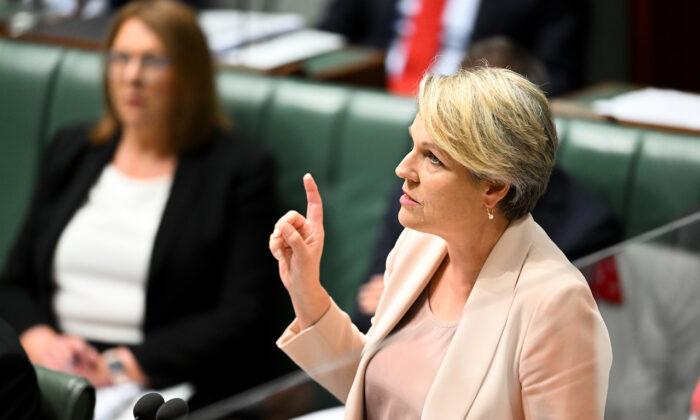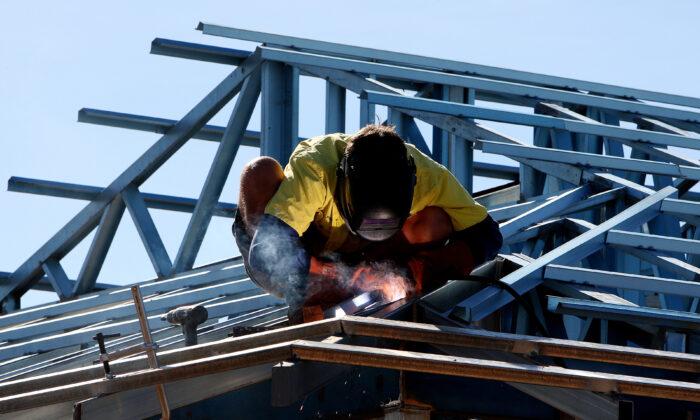ABS Head of Labor Statistics Bjorn Jarvis said: “The week-to-week changes are much smaller than they were early in the COVID-19 period.”
For the week ending on May 2, there was only a 1.1 percent increase in job losses which was only slightly larger than the 0.9 percent increase in the week ending April 25.
However, some states and territories suffered more job losses than others.
“The largest net job losses over the seven weeks of the COVID-19 period, in percentage terms, were in Victoria and New South Wales, where the falls in payroll jobs were around 8.4 percent and 7.7 percent,” said Jarvis.
Nationally, the ABS noted that in the seven weeks from mid-March to early May, the total percentage of payroll jobs lost was 7.3 percent.
The ABS also remarked that the age group hardest hit by job losses was Australians under the age of 20. This age group registered a 14.6 percent job loss rate nationally, although some states and territories registered more losses than others.
According to the ABS, the Australian Capital Territory registered a 19.2 percent loss for those under the age of 20.
But there was some good news.
The ABS statistics also showed that some industries were now beginning to restart. This increase in activity meant that some of the loss of jobs in that sector was relieved.
“The accommodation and food services industry had lost around a third of payroll jobs (33.3 percent) by the week ending April 11, and a subsequent increase in jobs saw this reduce to around 27.1 percent by the week ending May 2,” said Jarvis.
The way Australians are now working has also changed, according to the ABS Program Manager for Household Surveys, Michelle Marquardt.
Marquardt said that Australians had “made significant changes to their working lives ... in late April and early May. ”
According to Marquardt, the data showed women were more likely to be working remotely. The survey recorded that 56 percent of employed women choose to work from home.
In comparison, only 38 percent of employed men were working from home with 89 percent of those revealing they could not complete their job at home.
Treasury has predicted that the cost of fighting COVID-19 will strip $50 billion from the economy.





Friends Read Free